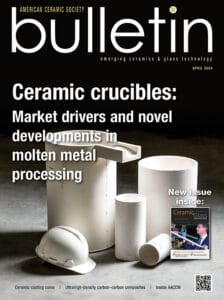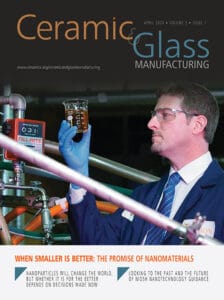 Thomas Speck studied biology at the University of Freiburg (PhD 1990) and received 1996 the venia legendi for botany & biophysics. From 2002 until 2006 he was Associate Professor for ‘Botany’ and director of the Botanic Garden. In 2006 he became Full Professor for ‘Botany: Functional Morphology and Biomimetics’ in Freiburg. He is Spokesperson of the state Competence Network Biomimetics, member of the Spokesperson Team of the Cluster of Excellence livMatS ‘Living, Adaptive, and Energy-autonomous Materials Systems’, and Associate Managing Director of the FIT ‘Freiburg Centre for Interactive Materials and Bio-Inspired Technologies’. He received several scientific awards, is (co-)editor of several scientific books and journals, and has published more than 300 peer reviewed scientific articles. His main areas of research are biomimetics, functional morphology & biomechanics of plants and evolutionary biology.
Thomas Speck studied biology at the University of Freiburg (PhD 1990) and received 1996 the venia legendi for botany & biophysics. From 2002 until 2006 he was Associate Professor for ‘Botany’ and director of the Botanic Garden. In 2006 he became Full Professor for ‘Botany: Functional Morphology and Biomimetics’ in Freiburg. He is Spokesperson of the state Competence Network Biomimetics, member of the Spokesperson Team of the Cluster of Excellence livMatS ‘Living, Adaptive, and Energy-autonomous Materials Systems’, and Associate Managing Director of the FIT ‘Freiburg Centre for Interactive Materials and Bio-Inspired Technologies’. He received several scientific awards, is (co-)editor of several scientific books and journals, and has published more than 300 peer reviewed scientific articles. His main areas of research are biomimetics, functional morphology & biomechanics of plants and evolutionary biology.
Title: Plant Materials Systems and Structures: Bio-Inspiration for a “Greener” Technology in the 21st Century
Abstract: Today, biomimetics attracts increasing attention as well from basic and applied research as from various fields of industry and building construction. Biomimetics has a high innovation potential and offers possibilities for the development of sustainable technical products and production chains.
Novel sophisticated methods for analysing and simulating the form-structure-function-relation on various hierarchical levels allow new fascination insights in multi-scale mechanics and other functions of biological materials and surfaces. Additionally, new production methods enable for the first time the transfer of many outstanding properties of the biological models into innovative biomimetic products at reasonable costs.
In recent decades, plants have been recognized as valuable concept generators for biomimetic research. The variety of plant-inspired material and product development is demonstrated by research projects currently carried out in the Plant Biomechanics Group Freiburg and the Cluster of Excellence livMatS. Examples include bioinspired branched and unbranched fibre-reinforced light-weight load-bearing systems, damping and puncture resistant materials systems, as well adaptive (anti-)attachment surfaces and self-repairing materials systems. Special emphasis in current research is laid on embodied energy and intelligence found in moving plant organs, which offer a huge potential for a new generation of materials systems for soft robots, bioinspired architecture and technical applications in general.
Subscribe to Ceramic Tech Today

Don’t miss the latest ceramic and glass materials news. Receive the CTT newsletter to your email three times a week by subscribing at this link.
Subscribe to Ceramic & Glass Manufacturing Weekly

Don’t miss the latest ceramic and glass business news. Receive the C&GM Weekly newsletter to your email every Monday by subscribing at this link.


